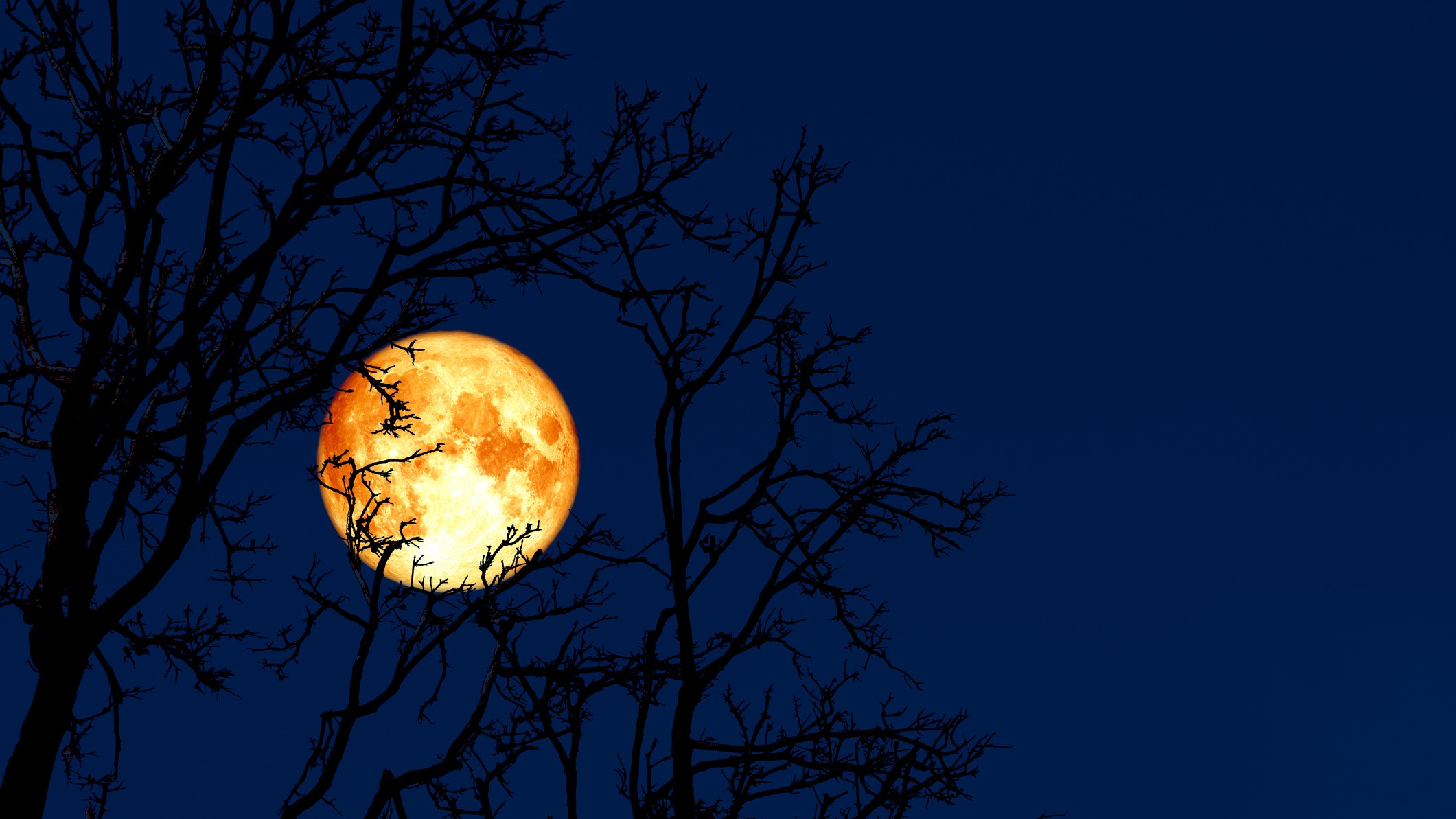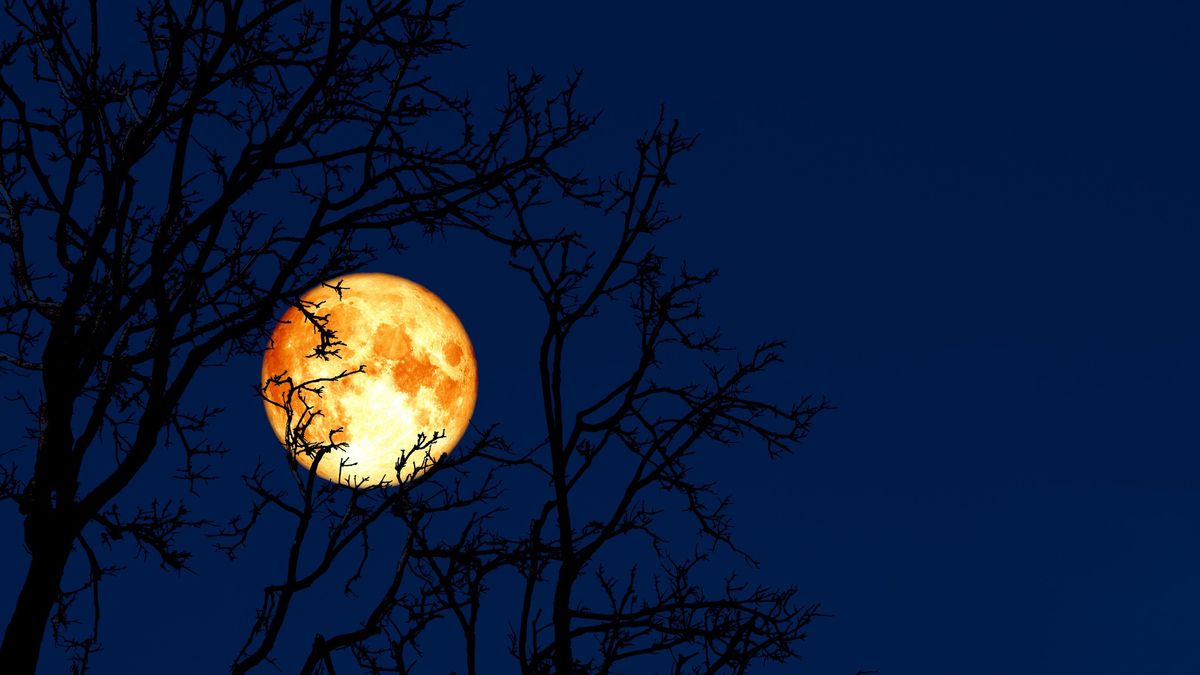
March’s full moon will rise on March 7, coinciding with several holidays and festivals around the world.
The Farmer’s Almanac (opens in new tab) calls March’s full moon the Worm Moon, after the worms that start to come to the surface after the ground begins to thaw in the Northern hemisphere. Many Anishinaabeg, or Ojibwe, Indigenous people of the Great Lakes region knew it as Onaabidin Giizis, or the Snow-Crust Moon, according to the Center for Native American Studies (opens in new tab).
But Europeans may know March’s full moon as the Lenten Moon, according to NASA (opens in new tab), after the Christian period of fasting before Easter, which coincides with this period in the lunar cycle. The full moon also coincides with Purim, the Jewish holiday that celebrates the salvation of the Jewish people from a plot to kill all the Jewish citizens of ancient Persia. Purim 2023 will begin the evening of March 6 and continue through the evening of March 7.
For Hindus, this March’s full moon marks the festival of Holi, a celebration of the love of the god Radha Krishna and the triumph of good over evil. During Holi, revelers light bonfires and douse each other with colorful powders or dyed water.
For many Buddhists, March’s full moon is the full moon of the third lunar month, the time of the festival Māgha Pūjā in Cambodia, Laos, Thailand and Sri Lanka. This festival celebrates an ancient gathering of disciples with Buddha.
The moon will be at its fullest at 7:40 a.m. EST (1240 GMT) on March 7, but it will look full for the days before and after the official full moon, according to EarthSky (opens in new tab). Full moons always happen when the moon and the sun are on opposite sides of Earth. With the moon’s dayside fully facing Earth, the entire disk of the moon appears bright and round. According to The Sky Live (opens in new tab), the moon is currently 251,072 miles (404,062 kilometers) from Earth, at neither its farthest nor closest point (known as apogee and perigee, respectively).
After the Worm Moon, the next full moon will occur on April 5. It is sometimes called the Pink Moon, after the pink wildflowers that begin to bloom at this time of year in parts of North America.
Stay connected with us on social media platform for instant update click here to join our Twitter, & Facebook
We are now on Telegram. Click here to join our channel (@TechiUpdate) and stay updated with the latest Technology headlines.
For all the latest For Top Stories News Click Here

